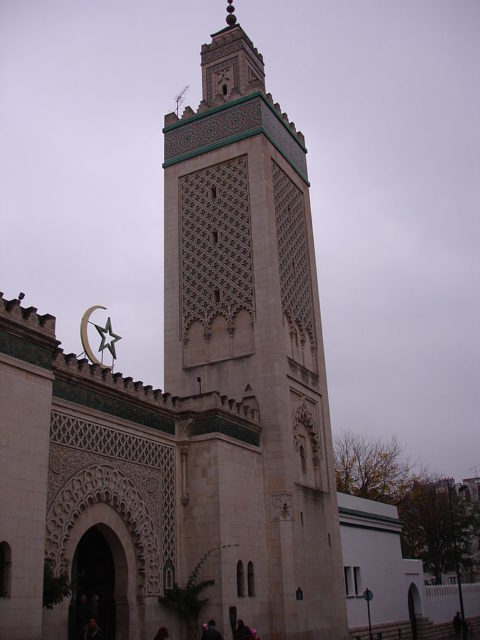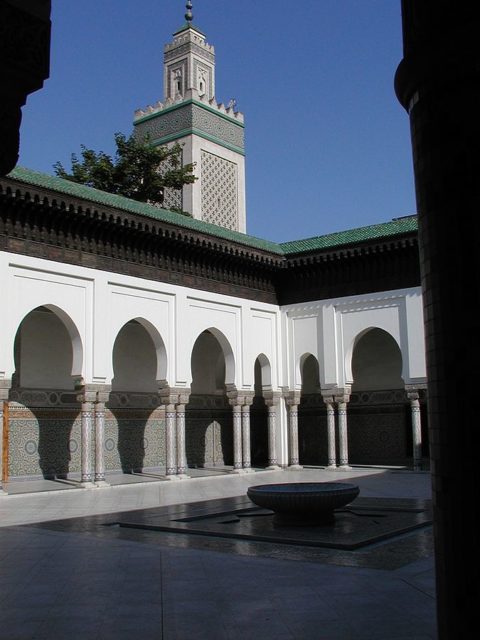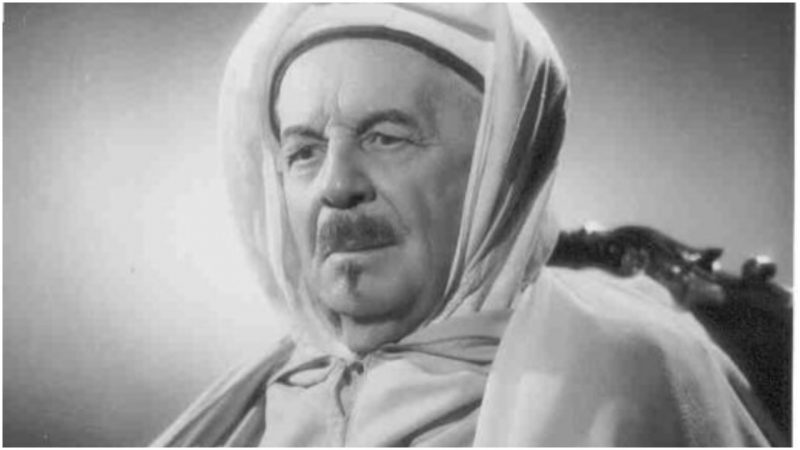Si Kaddour Banghabrit also dubbed the “the most Parisian Muslim” at the beginning of the 20th century, was born in a prominent Andalusian family. He obtained his education at the Madrasa of Algiers and the University of al-Karaouine of Fe and made his first career steps in Alegria.
At first, he was an assistant interpreter at the Legation of France to Tangier, a major city in Morocco. Then, he also served as a liaison between North African officials and the French Ministry of Foreign Affairs. But that was just a preparatory phase of what was to follow throughout the life of Benghabrit.
In 1916, he was sent to Hijaz, Saudi Arabia, to help facilitate the Hajj, ensuring the well-being of his compatriots during their pilgrimage to the holy places of Islam.
His aid was focused on people who were en route from North Africa. One of his greatest contributions was initiating the work of the Society of Habous and the Holy Places of Islam, which ensured that North African Muslims were well accommodated and taken care of during their pilgrimage.

Benghabrit’s efforts, along with the Society of Habous and Holy Places of Islam, also resulted in the construction of the Paris Mosque in the early 1920’s. The mosque was to be an epitome of the eternal friendship of France and Islam.
It also memorialized the sacrifice of over 10,000 Muslim soldiers who lost their lives to defend France during WWI. That also included the Battle of Verdun, one of the longest and biggest battles within the war, fought on the Western front between German and French armies.
The construction of the Great Mosque of Paris was completed in 1926. The mosque also operated as a Muslim Institute, offering support and aid to Muslims living in or visiting the French capital. In addition, it provided guidance and inclusion to new-comer Muslims to the city. Ghabrit was becoming a well-respected man; as an active participant in the French society, he was deemed the “Most Parisian Muslim.”
His noble work did not end too soon. In fact, it was all just beginning as the world saw the dawn of WWII. After the fall of France, Ghabrit proceeded to protect people – not only the Muslim community but also the Jewish one. He was directly involved in helping out hundreds of Jews claim proof that they were Muslim so as to save their lives. One of them included the notable Algerian singer, Alim Halali. If it wasn’t for Benghabrit’s support, the Jews would have been arrested and deported to camps.
The Jewish families were provided accommodation and protection by the mosque, which often meant virtually hiding them in the catacombs beneath the mosque, while they waited for fake documents to get them to the “Zone libre” or cross the Mediterranean to the Maghreb. The whole action was supported by Algerian partisans, mostly workers, who would lead the Jews to the Paris Mosque. The partisans did this in addition to their first mission, which was to rescue and protect British paratroopers and find them a shelter.

None of this would have happened if it wasn’t for Si Kaddour Benghabrit. Thanks to him, many Muslims joined the French side in the Resistance movement.
To date, the exact number of Jews saved by hiding in the Paris Mosque it’s still not clear, but reported numbers span from 500 people to 1600 people. Nevertheless, it is a memorable and noble story, which in 2011, the French-Moroccan film director, Ismaël Ferroukhi, also adapted for the big screen, under the title Free Men.
